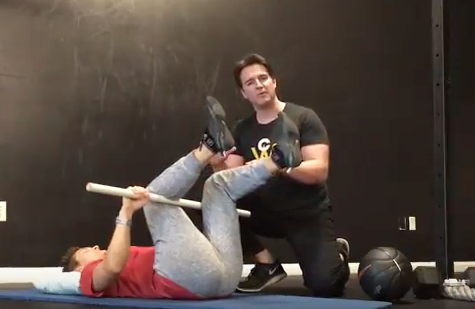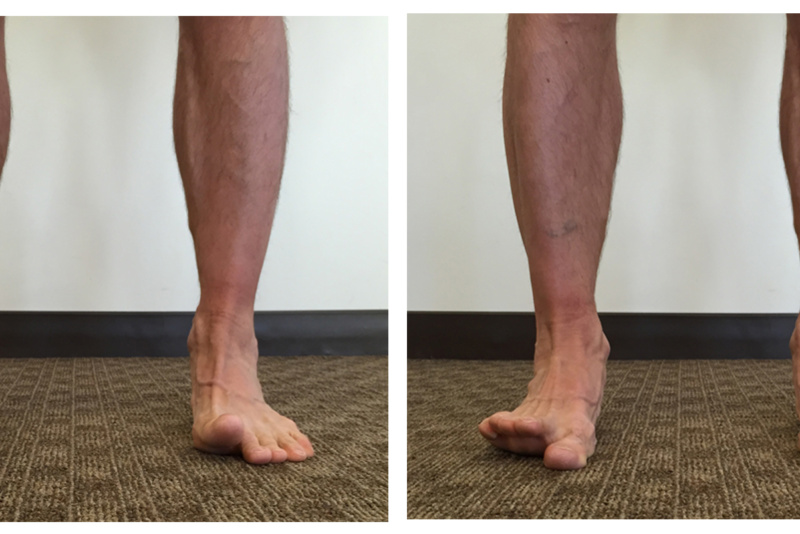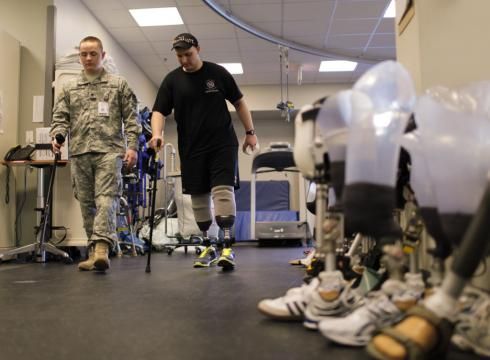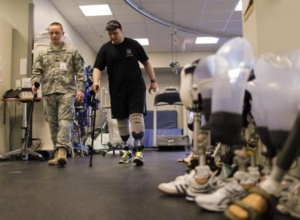There is no doubt that many people have cranky shoulders. This is especially evident when they try to lift their arms fully overhead, or when they’re trying to military press with proper form. When you see a guy or gal…


There is no doubt that many people have cranky shoulders. This is especially evident when they try to lift their arms fully overhead, or when they’re trying to military press with proper form. When you see a guy or gal…
Raise your hand if you know someone that has a nagging injury. Chances are, your hand shot up in the air. That person could be you, a client, friend or relative. Maybe you have knee pain when you squat, or…

The term “core” is thrown around a lot these days. Most people think of the core as being the abdominals, or midsection. But if we consider the classic definition of the word, which is “the central part of something,” it…

Everyone wants better glutes, whether you’re a guy or gal, athlete or non-athlete. That’s because glutes that are awesomely developed not only make your body look better, but they can also drastically improve your performance. When the glutes are strengthened and…

The human foot is a marvel of complex engineering. Each one is made up of 26 bones, 33 joints and over 100 soft tissue structures that form muscles, tendons and ligaments. Not to mention the 150,000 nerve endings that you…

It is difficult to overstate the importance of the glutes for achieving athletic prowess. When they are strong, you can run faster, jump higher and help protect your lumbar spine from injury. Of course, a well-developed set of glutes also…

Soldiers live by a mantra that can benefit us all: Take care of your feet first. And the legendary basketball coach, John Wooden, would devote the entire first practice of the season to teaching his players how to properly fit…

 The title of this post was intended to be provocative. However, I wasn’t in the hospital as a patient – I was there to learn how to treat patients with a vast array of orthopedic and neurological dysfunctions.
The title of this post was intended to be provocative. However, I wasn’t in the hospital as a patient – I was there to learn how to treat patients with a vast array of orthopedic and neurological dysfunctions.
As part of my Doctor of Physical Therapy (DPT) training at the University of Southern California, I’m required to perform clinical rotations to develop my skill set. This summer I was assigned a clinical experience at a hospital in downtown Los Angeles that caters to trauma victims. It was, without a doubt, one of the most rewarding experiences of my career. So I wanted to share what I’ve learned, and encourage any upcoming trainers or therapists to delve into that world.
One of the many reasons I went back to school to pursue a DPT degree hinged on the fact that, as a performance specialist, I figured out that I needed to improve my knowledge base beyond what my typical clients could teach me.

 If you’re a trainer, coach or physical therapist it’s essential to use effective coaching cues. For years we’ve been telling clients to “squeeze this” or “brace that” or a host of other verbal instructions that often weren’t as beneficial as we’d like.
If you’re a trainer, coach or physical therapist it’s essential to use effective coaching cues. For years we’ve been telling clients to “squeeze this” or “brace that” or a host of other verbal instructions that often weren’t as beneficial as we’d like.
You might know what it feels like to squeeze your glutes during a squat or lunge, but most people don’t – even professional athletes. The problem is that most clients never learn how to correctly activate certain muscles. The key word here is “learn.”
Over the past few decades, Gabriele Wulf, Ph.D., has been a pioneer in the research for determining how people learn complex motor skills. She and her team have studied the effects of different verbal cues for jump height, balance, posture and even golf. I’ll save you the work of thumbing through all her studies on PubMed and get to the bottom line: External cues work better than internal cues.
So what does that mean to coaches, trainers and therapists? It means you could get better results by using different words while coaching exercises that are typically problematic.
The deadlift, for example, is an exercise that requires a good, solid hip hinge. Therefore, we often tell clients to “hinge at the hip” during the descending phase. Or we tell them to “push your hips back as you go down.”
However, those are internal cues because you’re telling them to focus on a body part.